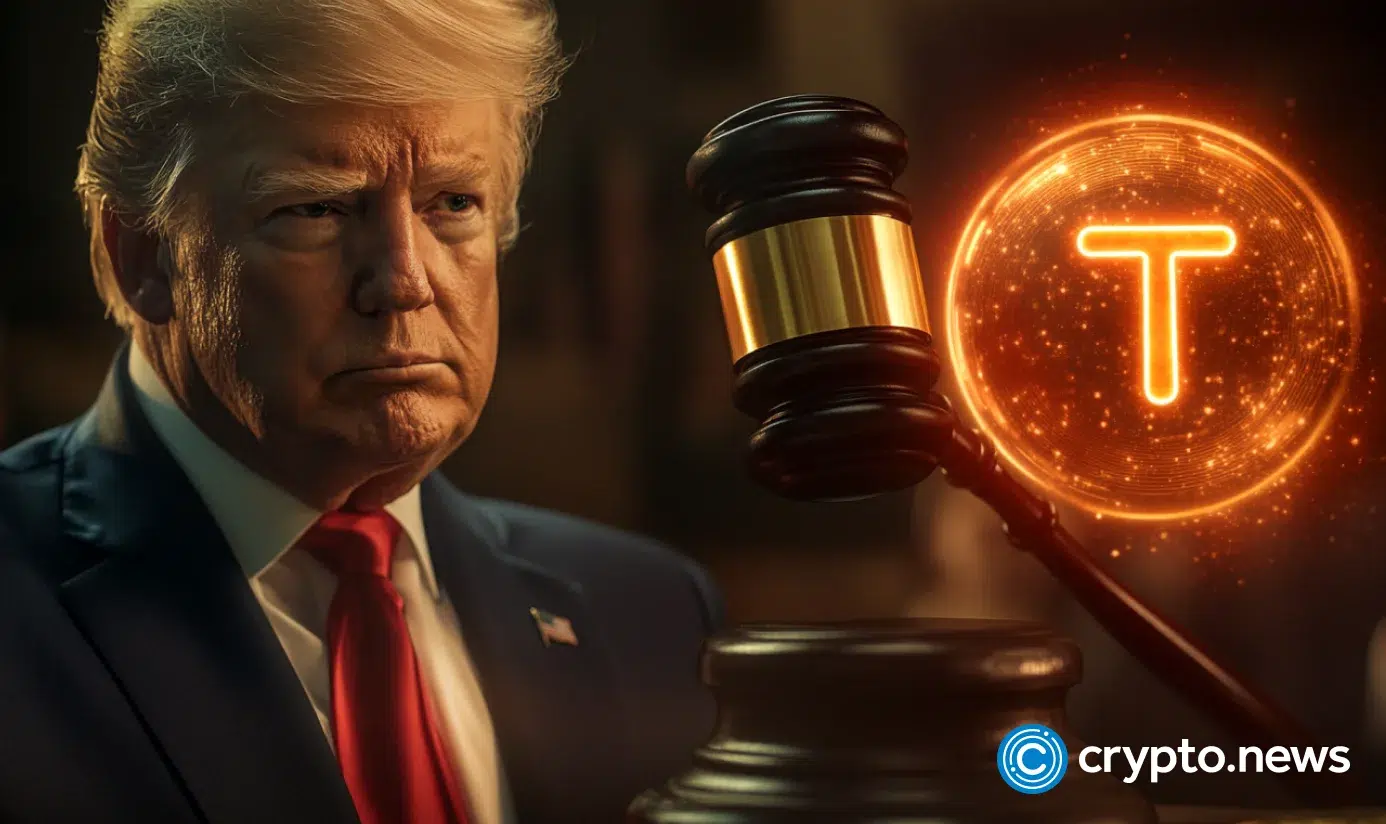CNBC's Inside India newsletter: How natural gas could help solve the India-U.S. trade dispute
Analysts expect India to double its LNG imports this decade, precisely when U.S. is gearing up for exports.

Workers walk on the jetty's platform at the Dhamra LNG Terminal Private Limited (DLTPL) near Dhamra port in Bhadrak district of India's Odisha state on October 16, 2024. (Photo by Punit PARANJPE / AFP) (Photo by PUNIT PARANJPE/AFP via Getty Images)
Punit Paranjpe | Afp | Getty Images
This report is from this week's CNBC's "Inside India" newsletter, which brings you timely, insightful news and market commentary on the emerging powerhouse and the big businesses behind its meteoric rise. Like what you see? You can subscribe here.
The big story
Could the answer to ending trade tensions between India and the United States lie beneath the ground in Houston and Hyderabad?
The unexpected solution is bubbling up from America's booming natural gas industry, just as the world's most populous country is betting big on gas imports to power its growing economy.
India is on course to double its liquified natural gas (LNG) imports by 2030, progress that would please Washington while at the same time helping New Delhi reduce its reliance on coal and oil. The surge in demand is driven partly by the government's intention to increase the share of natural gas in its energy mix to 15% by 2030 from 6.7% at the end of 2023.
"Being one of the fastest-growing energy markets, India is nearly doubling LNG imports globally, by our estimates for this decade" said Mayank Maheshwari, an equity analyst at Morgan Stanley. "Imports of U.S. LNG will be critical to the government's push for a gas-based economy."
The timing could not be better. Earlier this month, U.S. President Donald Trump unveiled plans for "reciprocal tariffs" on countries that impose duties on American imports. India, with its higher tariff rates and a substantial trade deficit for goods with the United States, could be particularly vulnerable to such measures.
Energy trade is emerging as a potential bridge between the two nations. During their recent meeting in Washington, Trump and Indian Prime Minister Narendra Modi agreed to work toward making the United States "a leading supplier of oil and gas to India."
"Hopefully, their number one supplier," Trump added.
A Gas-Hungry Economy
India's appetite for natural gas is growing rapidly. The government has aggressively promoted vehicles powered by compressed natural gas, leading to a 33% increase in sales in 2024 to more than half a million vehicles, with Maruti Suzuki taking the lion's share of the market. The number of households with piped natural gas connections has grown 250% over the past seven years ending November 2023 to 11.9 million.
In 2024, India also announced plans to convert a third of its heavy-duty trucks from diesel to liquefied natural gas over the ensuing five to seven years. Natural gas also plays a crucial role in fertilizer production, contributing to India's food security.
However, domestic production is unlikely to keep pace with demand.
"Near-term demand is supported by a 51% jump in domestic gas production [between 2020 and 2025], but this will not be enough to meet the country's growing demand for natural gas," said Rystad Energy analysts led by Kaushal Ramesh in a report last year. "The result is that India will continue to rely heavily on imports to satisfy its future energy needs."
The American Solution
This is where American gas exports could play a crucial role. "The interesting part about U.S. LNG exports is that they are affordable on a delivery basis for price-sensitive Indian consumers at [$9 to $10 per metric million British thermal units, or about 30% cheaper than spot LNG prices]," Morgan Stanley's Maheshwari explained.
"Historically, natural gas companies in India have guided for a mix of oil- and gas-linked contracts as the optimal long-term gas sourcing strategy," the analyst added. "We believe U.S. LNG contracts, if signed, would be a step in that direction."
Santanu Sengupta, chief India economist at Goldman Sachs, noted that energy purchases have become a key component of evolving U.S.-India relations. The countries are working toward a trade deal that aims to sharply increase bilateral trade to $500 billion by 2030.
Recent developments, such as India's state-run companies seeking long-term gas supply contracts, suggest momentum is building and India is serious about increasing gas imports.
The government-owned Gujarat State Petroleum recently signed a 10-year agreement with France's TotalEnergies for gas supplies, while Indian Oil Corporation secured a 14-year deal with Abu Dhabi's ADNOC.
The path to balanced trade is unlikely to be straightforward. China's recent decision to impose additional tariffs on U.S. energy exports, including a 15% duty on LNG, could have unintended consequences. Citi's Global Commodities Analyst Maggie Xueting Lin suggests this could benefit India by making more American gas available to Indian buyers.
Balancing Act
The broader trade relationship remains complex. India's bilateral goods trade surplus with the United States has doubled over the past decade to $35 billion, according to Goldman Sachs. The U.S. trade-weighted average tariff rate stands at 2.9%, compared with India's 9.4%.
But both sides appear willing to find common ground. India has already reduced tariffs on several American products and increased market access for its farm products.
The question remains whether the recent energy partnership can help bridge the wider trade gap that has been a source of friction between Washington and New Delhi.
Need to know
India and U.S. aims to double trade to $500 billion by 2030. That's according to Indian Prime Minister Narendra Modi, who made the announcement at a joint press conference with U.S. President Donald Trump on Feb. 13. Trump acknowledged India's recent move to reduce tariffs on select imports, saying he would begin talks on disparities on trade and hoped to reach an agreement. India's simple average tariff on countries with the most-favored-nation status, such as the U.S. stands at 17%, compared with America that levies 3.3%.
Economic outlook for India is positive. Growth in India's economy is likely to accelerate in the second half of fiscal year 2024 to 2025, according to the Reserve Bank of India Bulletin for February. Increasing rural demand on the back of a strong agricultural sector, and recovering urban consumption on lower interest rates and taxes, will drive economic expansion, the RBI said.
Nuclear ambitions for India. NTPC, the state power company of India, is planning to construct nuclear power plants that have a combined capacity of 30 gigawatts, according to Reuters, which cited three sources with direct knowledge of the matter. The power company initially intended to build 10 GW of nuclear capacity, but increased its target after the Indian government announced plans to open up the sector, the sources said.
Tesla increases its presence in India. Elon Musk's electric vehicle company chose Indian cities New Delhi and Mumbai as new sites for two Tesla showrooms, reported Reuters, citing sources familiar with the matter. The locations will be showrooms and not service centers, and Tesla plans to "sell imported EVs in India," according to the first source, who asked to remain unnamed to speak about private matters. Indian Prime Minister Narendra Modi met Tesla CEO Elon Musk in the United States on Feb. 13.
What happened in the markets?
Indian stocks continued to head lower after a brief positive session earlier in the week. The Nifty 50 index has fallen 0.07% this week and has lost 3.1% of its value so far this year. The benchmark is 12.6% below its most recent high in September 2024.
The 10-year Indian government bond yield has ticked to the 6.66% mark, 3 basis points lower from last week.
On CNBC TV this week, Raghuram Rajan, University of Chicago Booth School of Business professor of finance and former Reserve Bank of India governor, said that U.S.-India ties "could be a key relationship in the 21st century." The defense and trade ties that the countries share, as well as the presence of an Indian diaspora in the U.S., underpin this relationship. Rajan also noted that India is the world's largest importer of defense goods, which could mean "more cooperation with the U.S." as the nation moves away from Russia.
Meanwhile, there will be a "wall of new supply for gas" starting in 2027, mostly from the U.S., Qatar and Australia, said Nikhil Bhandari, Goldman Sachs' co-head of Asia Pacific natural resources and clean energy research. Moreover, if Russia and Ukraine reach a peace deal and normalize the flow of gas across Europe to pre-war levels, prices could fall to $6 to $7 per million British Thermal Units (MMBtu). That said, the gas market will be tight in 2025 because of a "strong winter," and Goldman says it will remain so in 2026.
What's happening next week?
Next week will see a flurry of data releases on the manufacturing and service sectors in various countries, as well as an IPO of a power plant equipment supplier in India.
February 21: Quality Power Electrical Equipments IPO, India HSBC flash PMI for February, euro zone HCOB flash PMI for February, U.K. S&P flash PMI for February, Japan Jibun Bank flash PMI for February, Japan inflation rate for January
February 24: Euro zone inflation rate for January, final
February 27: U.S. gross domestic product for fourth quarter, second estimate

 Koichiko
Koichiko 































